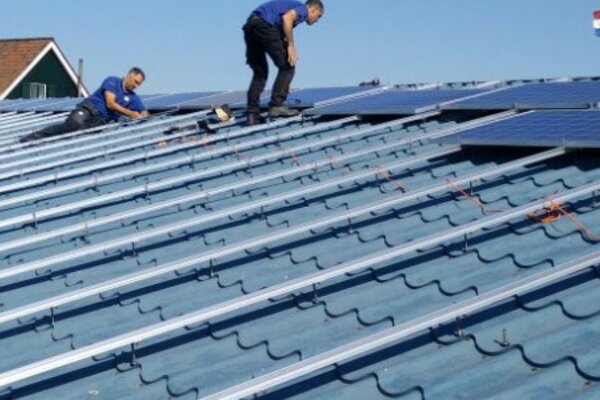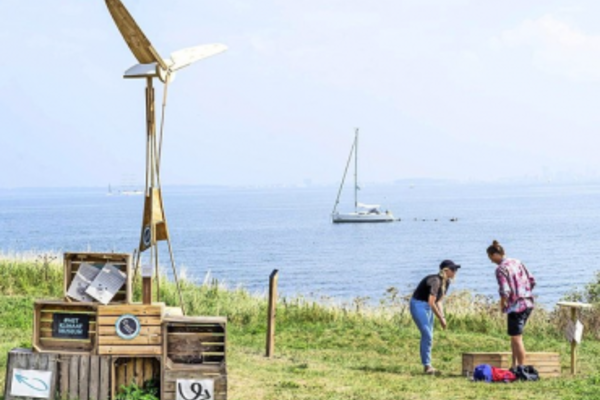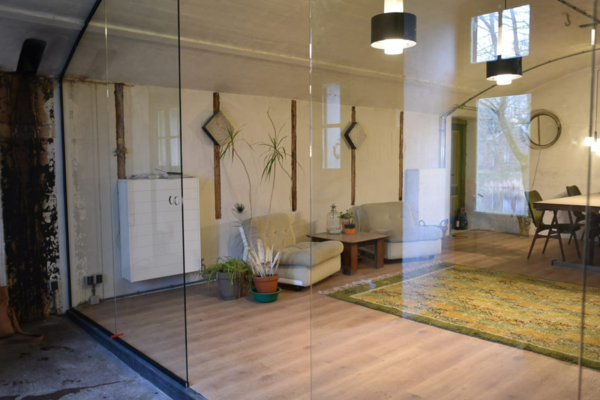
Forteiland Pampus ontvangt bijna 1 miljoen Europese subsidie voor verduurzaming
Forteiland Pampus ontvangt een subsidie van 996.00 euro van REACT-EU voor de aanleg van een volledig nieuw en fossielvrij energiesysteem.
Choose your municipality
There are several municipalities connected with The Green Menu, check whether your municipality is participating or choose for the national page.
Choose you menu card
There are several different menu cards. Choose a buildingtype down below and instantly start with the sustainable options!

Today, the Amstelveen Green Menu was presented on the residents' evening in the Elsrijk district. This website is the result of a collaboration between the municipality, residents' initiative Duurzaam Elsrijk and De Groene Grachten. De Groene Grachten has investigated the sustainable options, legal and financial feasibility to sustainably renovate five representative homes in the district. The insights from these advisory processes were presented during the information meeting and summarized on The Green Menu for 1930s homes.
The Municipality of Amstelveen wants to accelerate making the city more sustainabile and to encourage energy-saving measures by residents. The goal is to reduce energy consumption with the ultimate ambition to make Amstelveen independent of fossil resources. To encourage homeowners of historic buildings, the municipality, in collaboration with De Groene Grachten, has selected five representative 1930s homes in the Elsrijk district for a tailor-made sustainable advice. The consultants of De Groene Grachten have analyzed these homes and conducted research into possible improvements for energy saving, energy generation and sustainable heating. Based on these recommendations, the possible measures for all homes in the Amstelveen district in the 1930s were mapped out on The Green Menu.
On The Green Menu Amstelveen, owners of 1930s homes will find solutions for insulation, ventilation, heating, electricity, water and greenery and quick wins. The measures also state which subsidies, financing and municipal regulations apply. The calculation tools provide an indication of the costs, savings, comfort improvement and environmental impact. If you are inspired, you can start with the next steps, such as energy advice or implementation. The Green Menu is therefore the starting point for sustainability for owners of 1930s homes.

Forteiland Pampus ontvangt een subsidie van 996.00 euro van REACT-EU voor de aanleg van een volledig nieuw en fossielvrij energiesysteem.

Sinds maandag 26 juli is de Nieuwe Hollandse Waterlinie officieel UNESCO Werelderfgoed. Samen met de Stelling van Amsterdam ontvangen ze deze status en vormen ze de Hollandse Waterlinies.

Fort Nigtevecht maakt zich klaar voor een duurzame toekomst met een plan voor herbestemming. De nieuwe huurder van Nigtevecht wil het fort in de toekomst gebruiken voor kleinschalige horeca, verschillende activiteiten zoals workshops en het uitoefenen van ambachten.